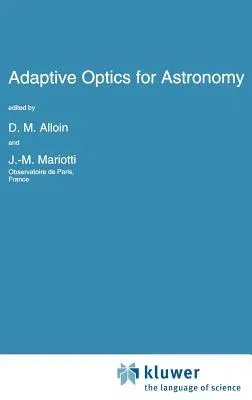Adaptive Optics for Astronomy (1994)Hardcover - 1994, 31 March 1994

Qty
1
Turbo
Ships in 2 - 3 days
In Stock
Free Delivery
Cash on Delivery
15 Days
Free Returns
Secure Checkout

Part of Series
NATO Science Series C:
Part of Series
International Series on Microprocessor-Based and Intelligent
Part of Series
NATO Science Series: U
Part of Series
NATO Science Series U
Part of Series
NATO Science Series C: (Closed)
Print Length
338 pages
Language
English
Publisher
Springer
Date Published
31 Mar 1994
ISBN-10
0792327489
ISBN-13
9780792327486
Description
Product Details
Book Edition:
1994
Book Format:
Hardcover
Country of Origin:
US
Date Published:
31 March 1994
Dimensions:
24.23 x
16.81 x
3.1 cm
ISBN-10:
0792327489
ISBN-13:
9780792327486
Language:
English
Location:
Dordrecht
Pages:
338
Publisher:
Series:
Weight:
712.14 gm